LED masks work by delivering precise wavelengths that trigger cellular repair, collagen production, and inflammation reduction. But only well-engineered devices get it right, most skip the specs, skimp on power, and leave gaps in coverage that ruin results.

What Separates Effective Devices From The Rest (At A Glance)
-
Wavelength accuracy matters: Red, blue, and green lights each target different skin concerns.
-
Power output must be clinical-grade: Skip brands that only advertise “high power.”
-
Coverage consistency: No light gaps = better results.
What LED Light Does to Skin
Photo Source -> National Library of Medicine
Each LED light color works differently because it interacts with distinct layers of the skin and targets unique biological functions. To get results, you need to match the right wavelength to the issue you’re trying to treat, random color cycling just doesn’t cut it.
Below is a breakdown of what each color does and why precision matters more than flashy features:
-
Red Light (~660nm): Penetrates into the dermis to stimulate ATP production within your mitochondria. This fuels cellular repair and regeneration, ideal for anti-aging, healing, and overall skin rejuvenation.
-
Near-Infrared Light: Goes even deeper than red light, reaching into muscles and connective tissues. It’s commonly used for enhancing circulation, relieving inflammation, and supporting recovery.
-
Blue Light (~415nm): Stays at the surface level, making it perfect for targeting acne-causing bacteria. It's often used to improve active breakouts and reduce skin congestion.
-
Green Light: Has more specialized uses, such as reducing hyperpigmentation, calming redness, and soothing sensitive skin.
Key Takeaway: Consistency is key, but so is specificity. Using the correct wavelength for your goal is what separates true transformation from wasted time and money.
Step-by-Step Guide: Creating a Light Therapy Routine That Works
Step 1: Commit to a Consistent Schedule
Consistency beats intensity every time. Instead of doubling up on sessions or extending treatment time, aim for a steady rhythm your skin can count on. Most users see the best results with 3 to 5 sessions per week, each lasting between 10 and 20 minutes. If you stick with it, structural changes, like improved firmness and reduced fine lines, typically show up around the 8 to 12-week mark.
Step 2: Start With Clean Skin
Always begin your session with freshly cleansed skin. Dirt, oil, sunscreen, or makeup can block the light and reduce effectiveness. Think of it like prepping a canvas, clean skin allows the therapeutic wavelengths to reach the cells they’re designed to help.
Step 3: Apply a Supportive Serum (Optional)
After your session, consider applying a hydration-focused or antioxidant-rich serum, something like hyaluronic acid, niacinamide, or a vitamin C blend. These can help lock in moisture and support the repair process initiated by the light. Just make sure whatever you apply is gentle and non-sensitizing.
Step 4: Position Your Device Correctly
For LED panels, position the device about 6 to 12 inches away from your skin, or follow the distance recommended by the manufacturer. If you're using a mask, ensure it fits snugly and covers the intended treatment area. Use the same distance and position every time to ensure your skin receives a consistent dose of therapeutic light.
Step 5: Track Your Progress
Keep a simple log of your sessions, including the date, duration, and any observations. Consider taking photos every two weeks to visually track changes in your skin. Not only does this help you stay accountable, but it also makes it easier to notice improvements that happen gradually.
Pairing LED With Lifestyle Changes
Sun Exposure and Protection
LED therapy can boost cellular function, but unprotected UV exposure will undo that work quickly. Use a mineral-based SPF daily, even if your device helps with redness or texture. Red and infrared wavelengths don’t replace barrier support or photoprotection.
Sleep, Hydration, and Inflammation
Cells recover most efficiently during sleep. Use LED treatments before bed to reinforce natural repair cycles. Hydrate well, both topically and internally, before and after each session to keep the skin barrier intact and resilient.
Inflammation from diet, stress, or environmental triggers can also stall visible improvement. LED masks and panels support skin performance, but habits like smoking, poor sleep, or skipping SPF will drag results backward.
When LED Masks Don’t Work
Even the most expensive LED masks can fail when brands prioritize aesthetics over performance. Many designs ignore the natural contours of the face, with flat panels, oversized cutouts, or poor fit around key treatment zones like the nose, jawline, and temples. The result is uneven coverage and inconsistent results that leave users frustrated.
But it’s not user error, it’s bad engineering.
-
Patchy results usually mean poor LED layout. If your cheekbones improve but your jawline doesn’t, that’s a red flag.
-
Loose or ill-fitting designs let light escape from critical areas, diluting the overall effectiveness.
-
Many brands never test for uniform light distribution, so “high-end” doesn’t always mean high-performance.
If you’ve seen mixed results, or unexpected reactions, it’s not your routine. It’s the product design. And unfortunately, that’s all too common in an industry flooded with under-tested, overhyped devices.
Choosing a Better Device
Results depend on specifications, not brand name or packaging. Before buying a mask or panel, check for the following:
-
Are the wavelengths clearly listed in nanometers (nm)?
-
Does the product provide irradiance levels and treatment duration to reach therapeutic doses?
-
Are LEDs positioned for full facial coverage, especially around contours?
-
Is there built-in protection for eye safety and skin overheating?
When these questions go unanswered, the device likely relies on marketing rather than measurable performance. Look for clarity, not promises. A product like the VISO Mask lists its specs plainly and shows exactly how its design targets coverage gaps across the face.
How Lumara Devices Compare
The VISO Mask delivers calibrated red light at 660nm, the gold standard wavelength for collagen production, inflammation reduction, and visible skin renewal. Unlike trend-driven masks that chase aesthetics, VISO focuses on what actually matters: therapeutic output, even light distribution, and a wearable design that targets high-impact treatment zones without compromise.
Every detail, from the medical-grade LEDs to the comfortable fit, is engineered to help your skin absorb the light it needs, consistently and effectively. No flashy distractions. No diluted results. Just a smarter mask designed to do what light therapy is meant to do: work.
LED Therapy Supports Healthier Skin
If you’re investing in an LED mask, specs matter, and most brands won’t even list them. Lumara does. The VISO Mask isn’t about gimmicks or color cycling. It’s built around a single, proven wavelength, 660nm red light, delivered with the optical power, consistency, and coverage your skin actually needs to respond.
Where other masks cut corners with weak LEDs and flashy designs, VISO is engineered with precision, comfort, and clarity in mind. No marketing fluff. No skipped details. Just a smarter way to treat your skin.
🏮Explore the VISO Mask – LED Therapy Supports Healthier Skin
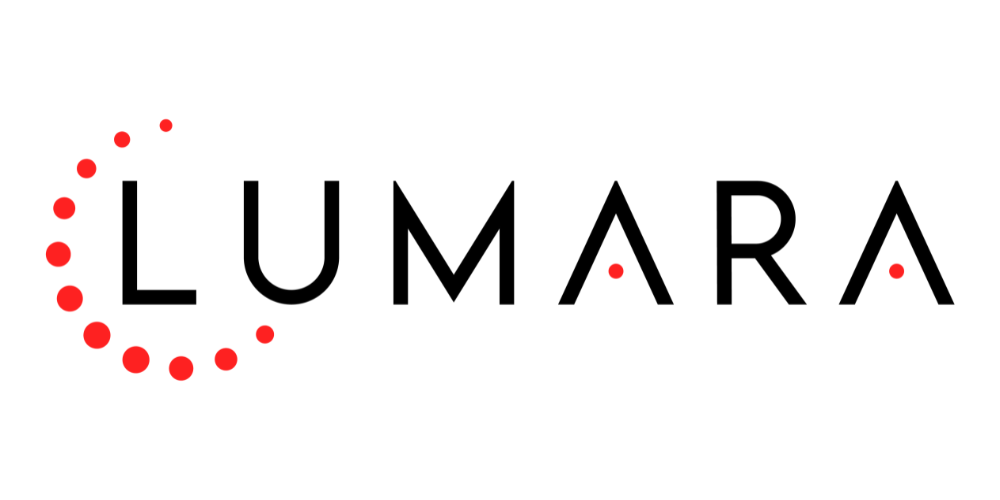
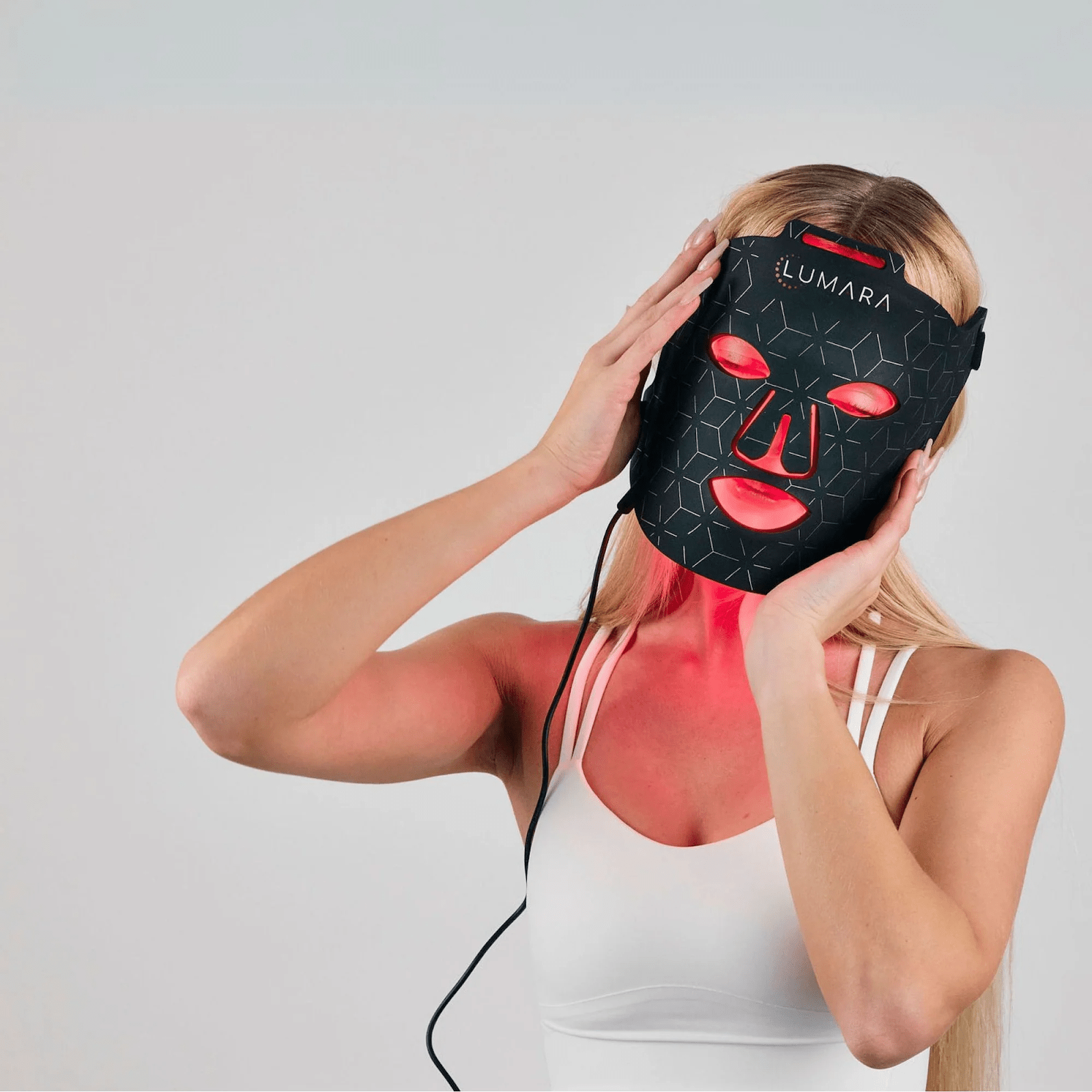
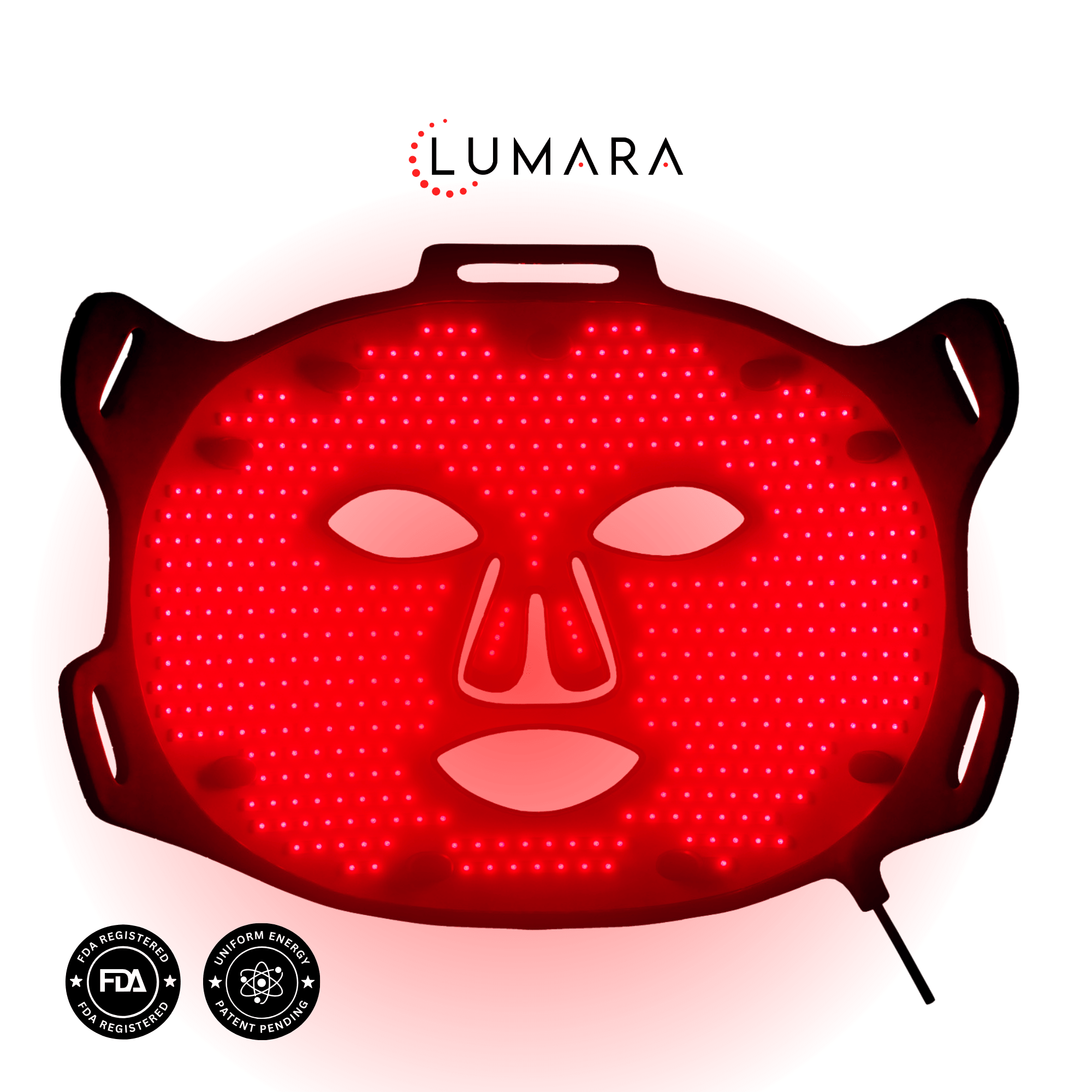

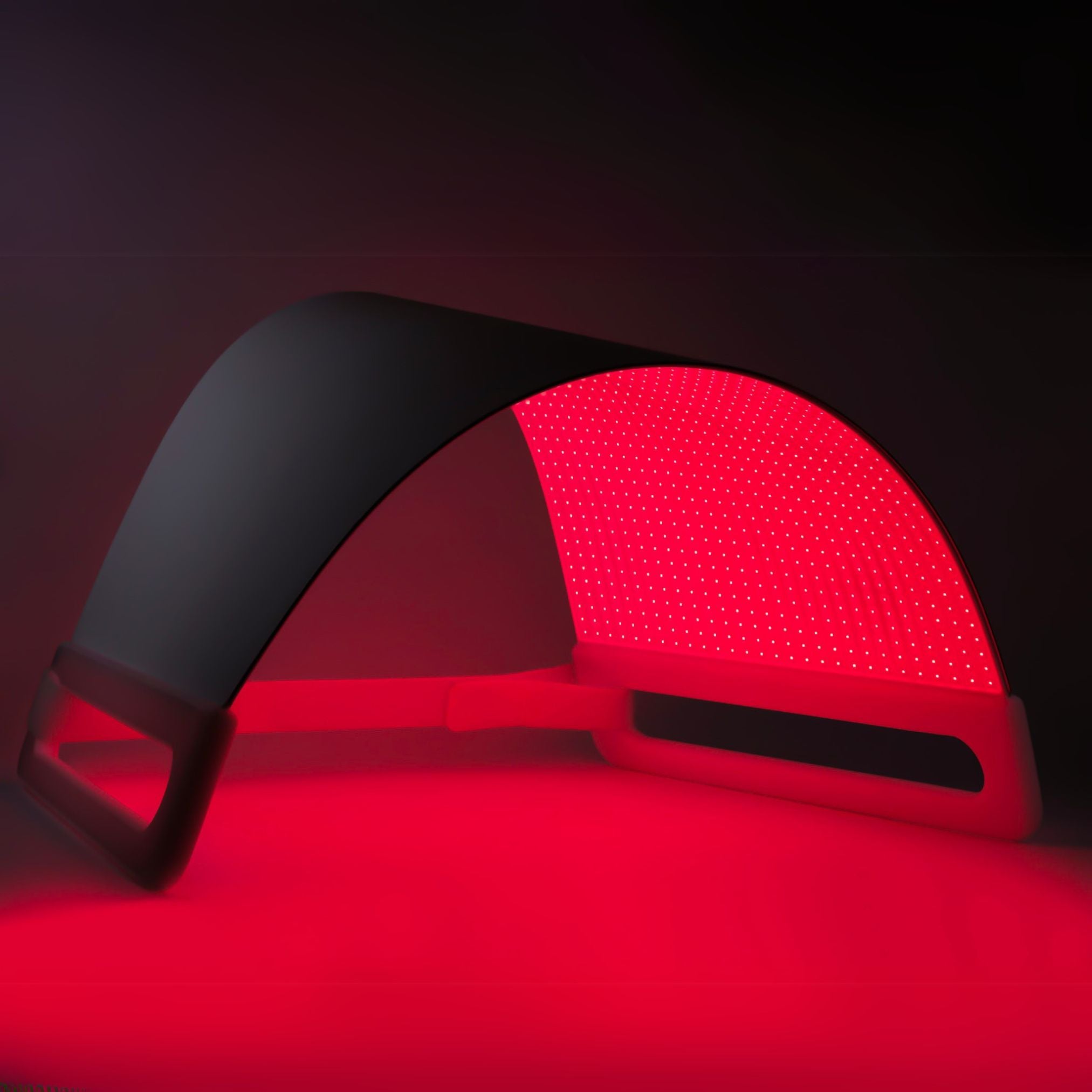
Share:
Does Light Therapy Work for Skin? Science & Devices
Does Infrared Therapy Work? Benefits & How It Affects Cells